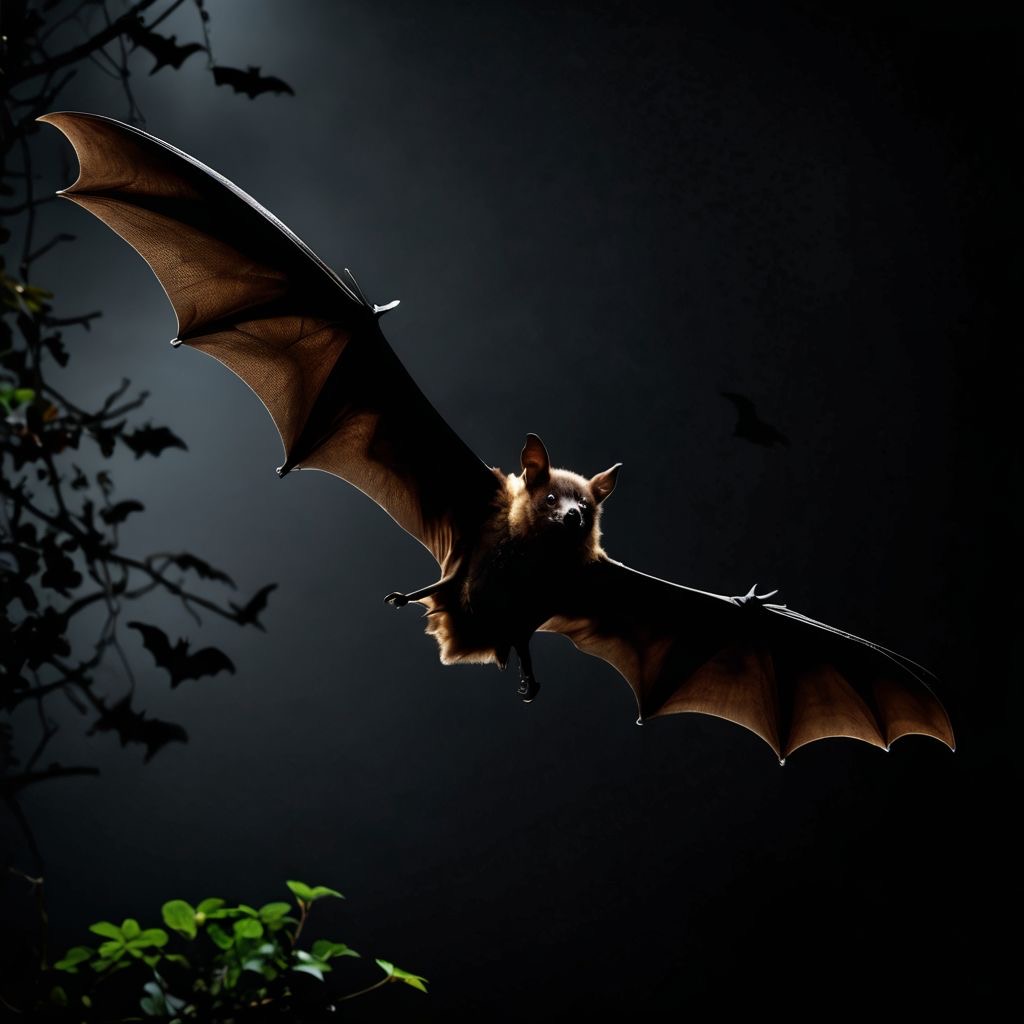
Table of Contents:
-
Introduction
-
Common and Unusual Diseases from Residential Yards in Winnipeg
-
Lyme Disease
-
Leptospirosis
-
Tularemia
-
Histoplasmosis
-
Toxoplasmosis
-
Giardiasis
-
Hantavirus Pulmonary Syndrome
-
Valley Fever
-
Cryptococcosis
-
Ringworm
-
Allergic Reactions and Respiratory Issues
-
-
Prevention Tips and Yard Maintenance Strategies
-
Organic Lawn Care and Soil Health
-
Proper Mulching and Aeration
-
Regular Lawn Mowing and Weed Control
-
Pest Management
-
-
Conclusion
-
Keyword Table and Analysis
Introduction:
Hey there, friend! Let’s talk about something that might make you look at your backyard a little differently. You know, that lush green space where you host barbecues, wrestle with the kids, play fetch with your dog, or just lounge around on a sunny Winnipeg afternoon? Well, as it turns out, your yard could be hiding some sneaky health hazards. From creepy crawlies to invisible fungi, there’s a whole world of weird and unusual diseases that humans and pets can contract from environmental factors right in your own backyard. Don’t worry, though—I’m here to break it all down for you, with a mix of science, humor, and practical tips to keep you and your furry friends safe.

We’ll dive into the official (and sometimes tongue-twisting) names of these conditions, how they’re transmitted, their symptoms, and treatments. Plus, I’ll share some expert-backed prevention tips and organic lawn care Winnipeg strategies. And, we’ll discuss the importance of soil health, and why weekly grass cutting Winnipeg might just save your sanity (and your health). Whether you’re looking for affordable lawn care Winnipeg or wondering about lawn weed control, In this guide we’ll try and have you covered.
So, grab a cup of coffee, put on your detective hat, and let’s explore the wild world of yard-related ailments. By the end of this, you’ll be on your way to becoming a pro at yard maintenance and maybe even impressing your neighbors with your newfound knowledge.

Common and Unusual Diseases from Residential Yards in Winnipeg:
Lyme Disease
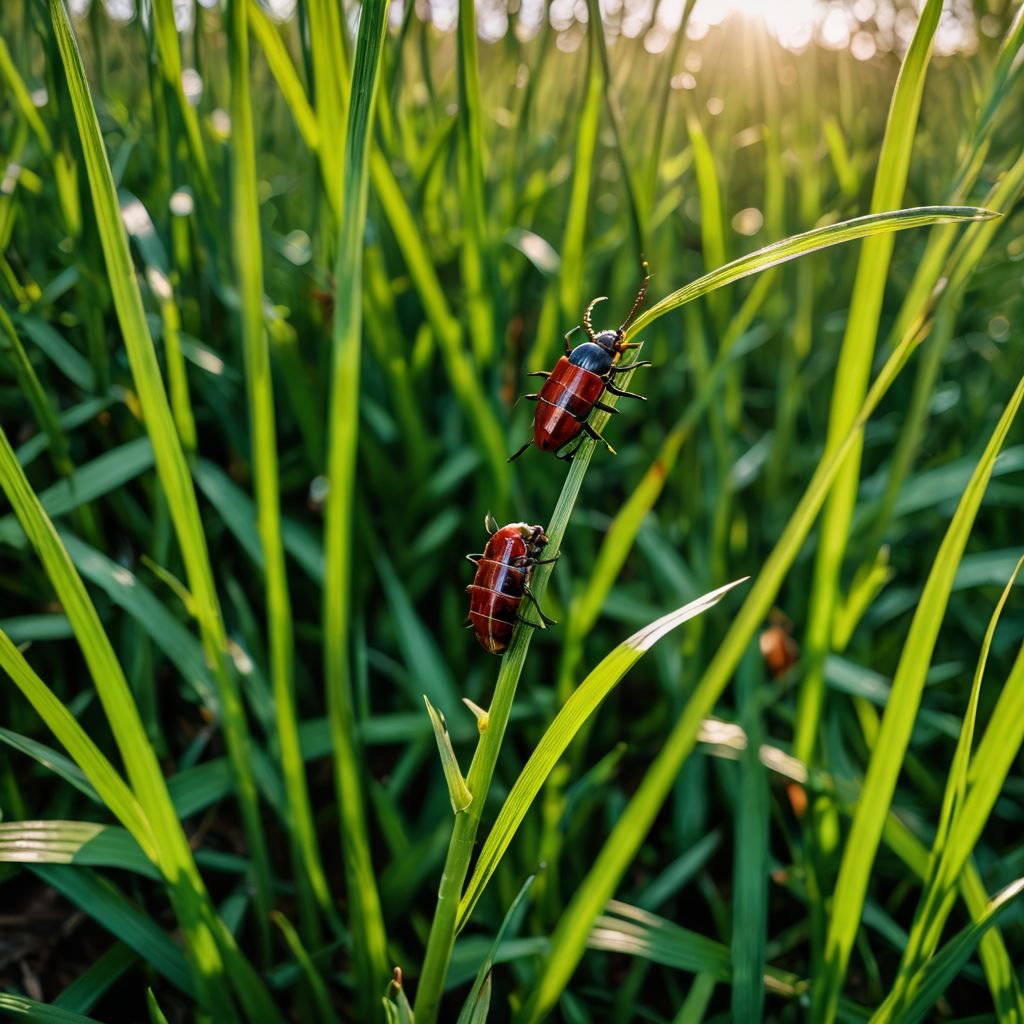
Let’s start with the big one: Lyme disease. Caused by the bacterium Borrelia burgdorferi, this nasty little bug is transmitted through the bite of infected black-legged ticks (aka deer ticks). These ticks love hanging out in tall grass and wooded areas, which means your backyard could be a hotspot if you’re not careful. Symptoms include fever, fatigue, joint pain, and that classic bullseye rash. If left untreated, it can lead to serious complications like arthritis and neurological issues.
Prevention? Keep your grass short with weekly grass cutting Winnipeg services, and consider organic lawn fertilizer to maintain a healthy lawn that’s less inviting to ticks.
Leptospirosis
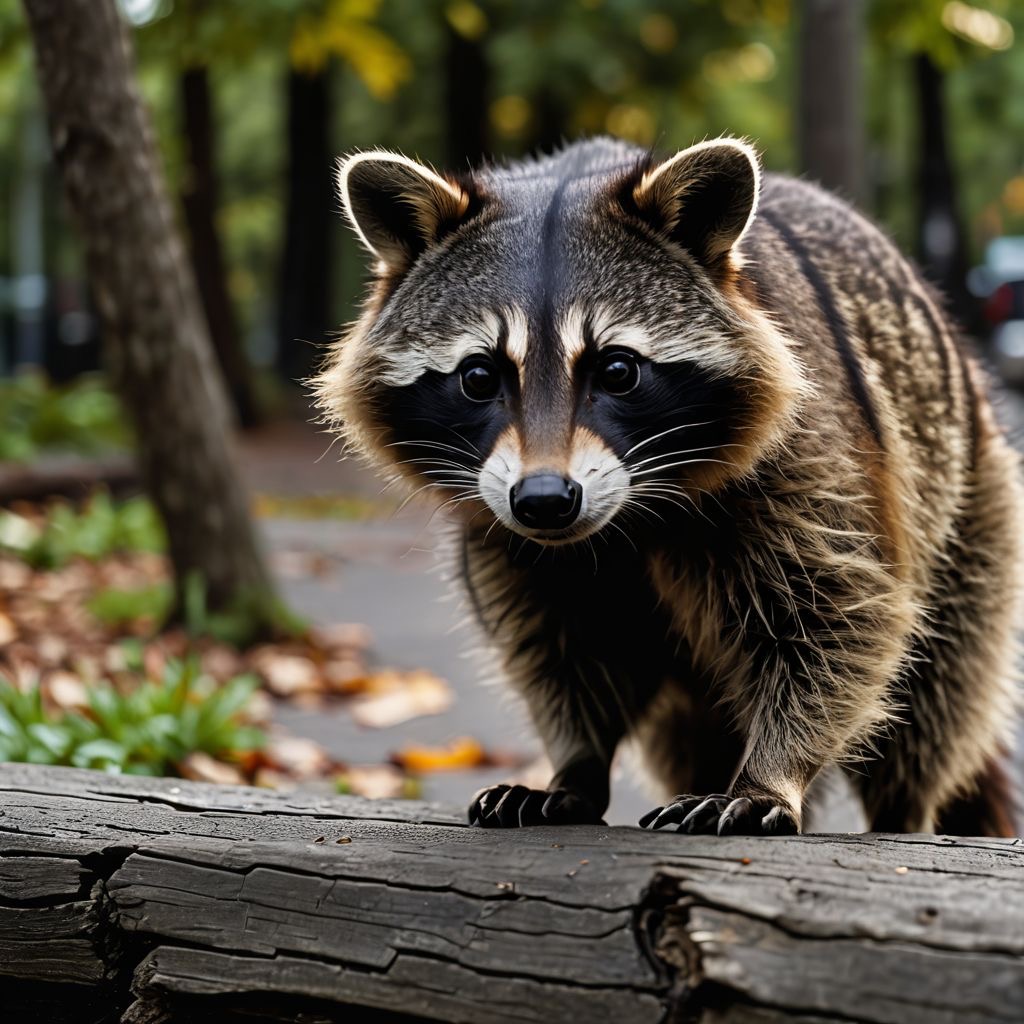
Next up is leptospirosis, also known as “lepto.” This bacterial infection is spread through the urine of infected animals, like raccoons or rodents, and can contaminate soil and water in your yard. Symptoms range from mild flu-like signs to severe kidney and liver damage. Pets are especially at risk, so make sure you or your back yard maintenance company includes proper waste cleanup and pest control in their service package.
Tularemia
Ever heard of tularemia, aka “rabbit fever”? This rare but serious disease is caused by the bacterium Francisella tularensis and can be transmitted through tick bites, handling infected animals, or even inhaling contaminated dust. Symptoms include fever, skin ulcers, and swollen lymph nodes. Yikes!
Histoplasmosis
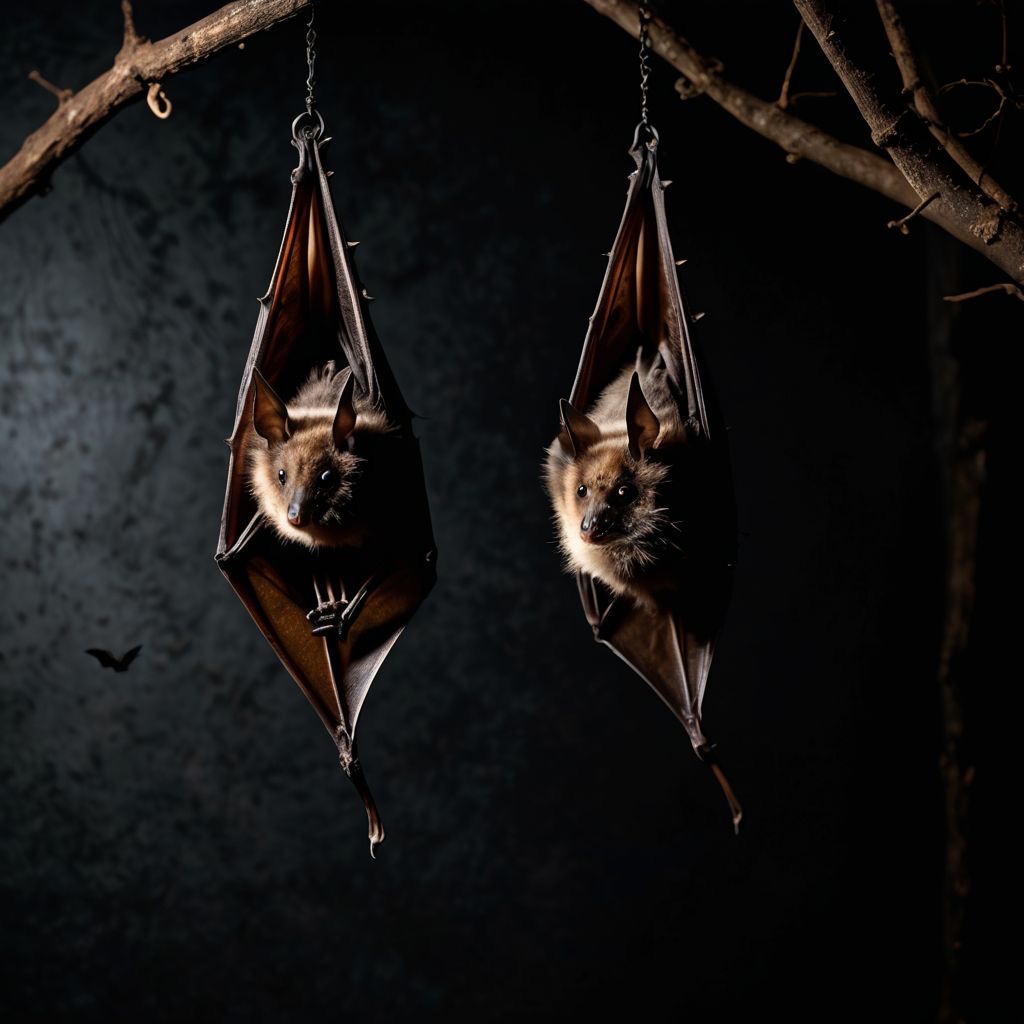
Now, let’s talk about histoplasmosis, a fungal infection caused by inhaling spores from bird or bat droppings. If you’ve got a bird feeder or a bat problem, this one’s for you. Symptoms can range from mild respiratory issues to severe lung infections. Regular lawn mowing and cleaning up droppings can help reduce the risk.
Toxoplasmosis

Toxoplasmosis is another one to watch out for, especially if you’re a cat owner. This parasitic infection is spread through cat feces and can cause flu-like symptoms in humans. Pregnant women and immunocompromised individuals are at higher risk. Keep your yard clean and consider residential lawn maintenance services to stay on top of things.
Giardiasis
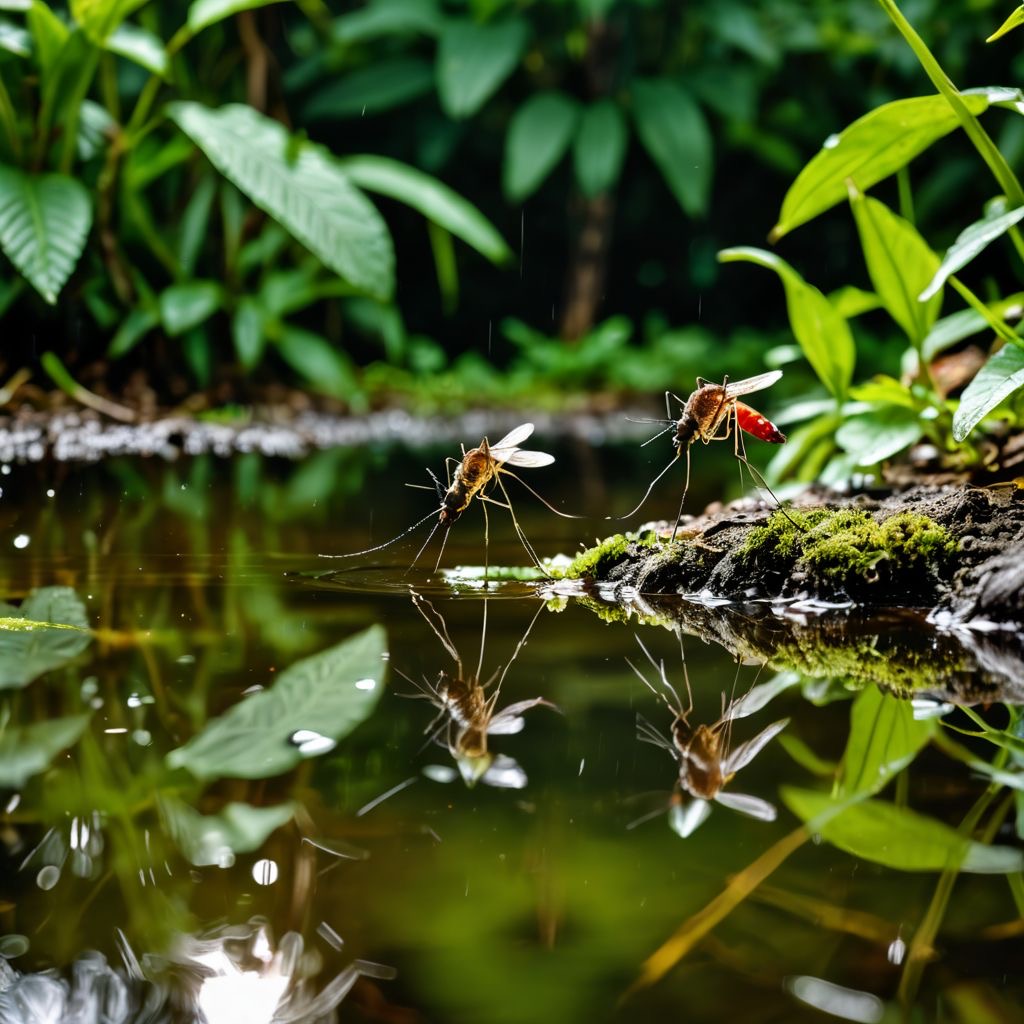
Giardiasis, also known as “beaver fever,” is caused by the parasite Giardia lamblia. It’s often found in contaminated water or soil, and you can contract it by accidentally ingesting the parasite (gross, I know). Symptoms include diarrhea, stomach cramps, and nausea. To avoid this, make sure your yard’s drainage is on point and avoid areas where water pools.
Hantavirus Pulmonary Syndrome
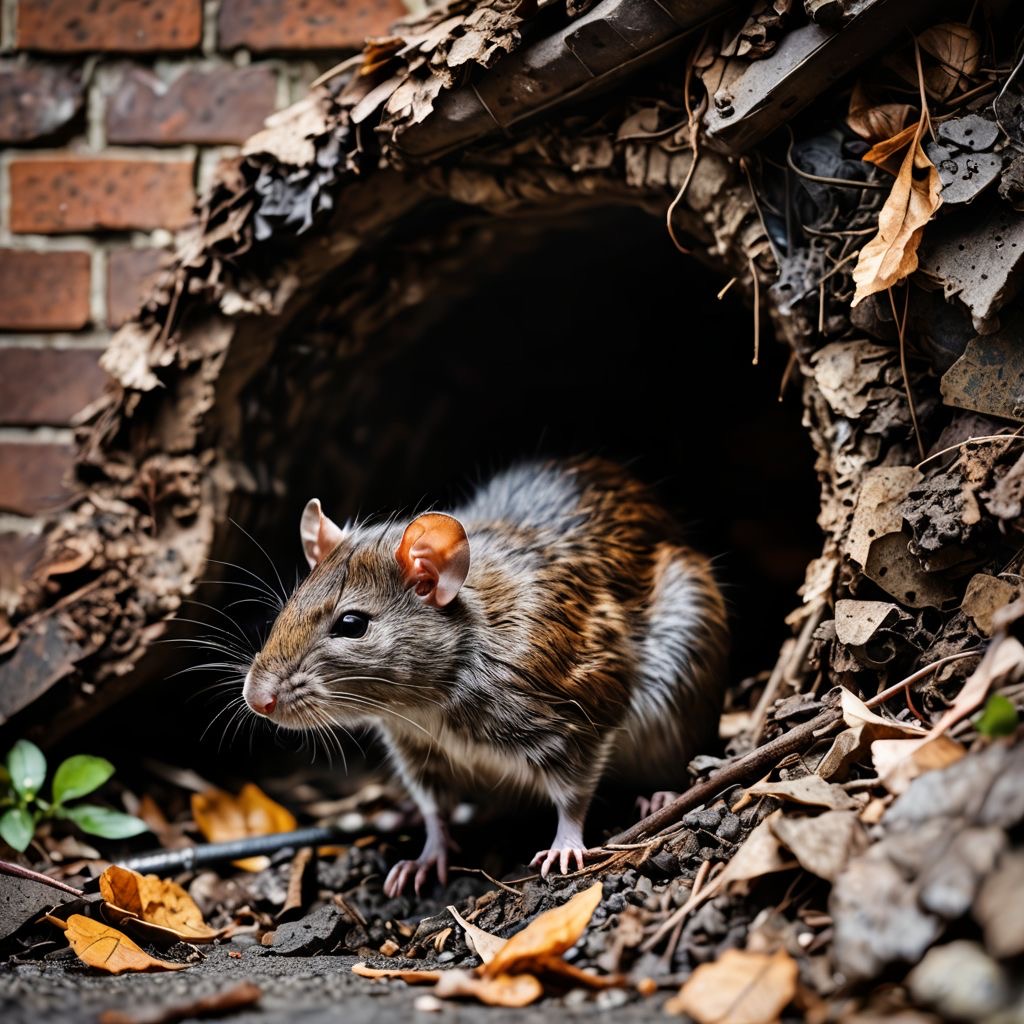
Transmission
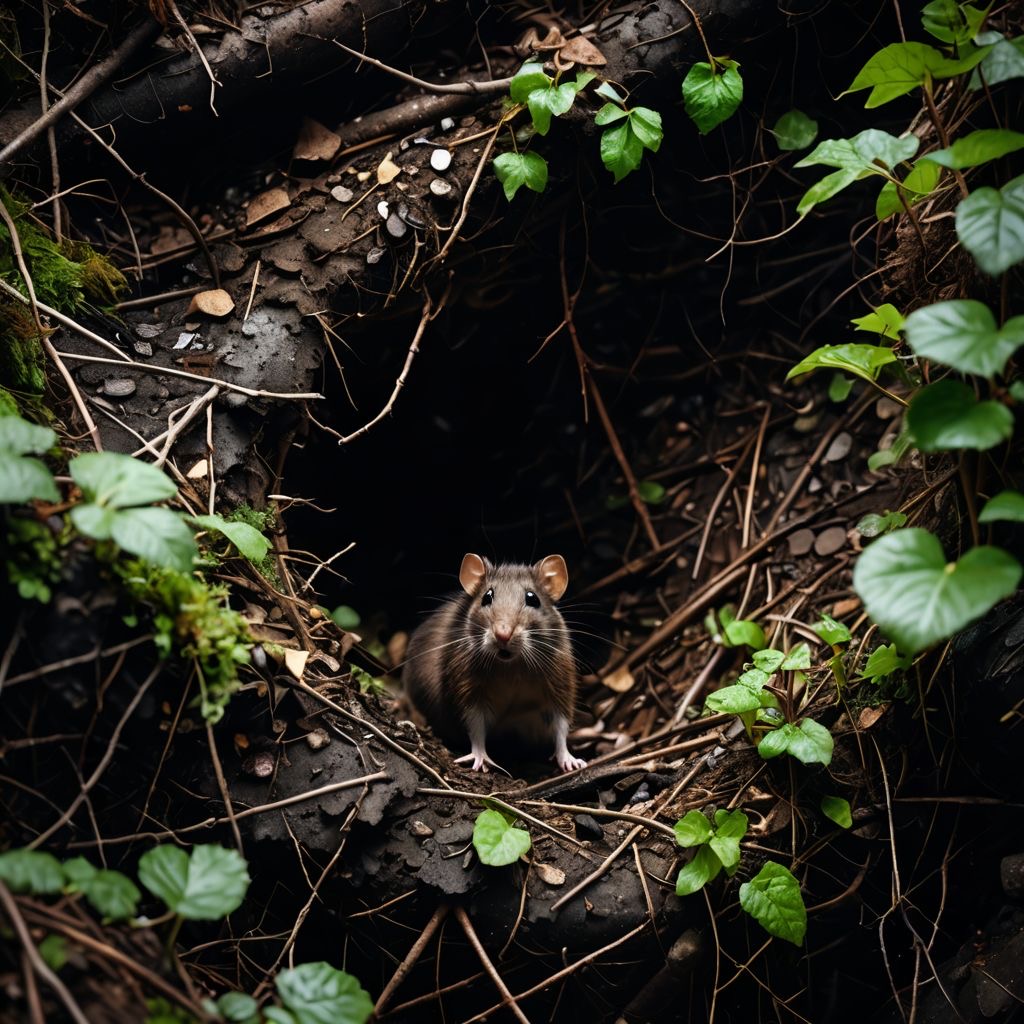
Disease Manifestations

Prevention and Management


Public Health Implications
Valley Fever
Valley fever, or coccidioidomycosis, is caused by the fungus Coccidioides. While it’s more common in dry, dusty regions, it can still be a concern if you’re working with contaminated soil. Symptoms include fatigue, cough, and fever. Wearing a mask while gardening and maintaining good soil health can help reduce the risk.
Cryptococcosis
Cryptococcosis is another fungal infection, caused by Cryptococcus species. It’s often found in soil contaminated with bird droppings. While it usually affects the lungs, it can spread to the brain in severe cases. Regular cleaning of bird feeders and droppings is key to prevention.
Ringworm
Despite its name, ringworm isn’t a worm at all—it’s a fungal infection that causes itchy, circular rashes. It’s highly contagious and can be picked up from contaminated soil or animals. Regular lawn weed control and mulch maintenance can help keep fungi at bay.
Allergic Reactions and Respiratory Issues
Finally, let’s not forget about good old-fashioned allergies. Pollen, mold, and dust in your yard can trigger allergic reactions and respiratory issues. Proper aeration and soil health practices are known to make a difference here.
Prevention Tips and Yard Maintenance Strategies:

Organic Lawn Care and Soil Health
One of the best ways to prevent these diseases is by maintaining a healthy and rodent free lawn. Winnipeg companies that practice organic lawn care focus on using natural products to promote soil health and reduce the need for harsh chemicals. Healthy soil means a stronger lawn that’s more resistant to pests and diseases.
Proper Mulching and Aeration
Mulching helps retain moisture and suppress weeds, while aeration allows air, water, and nutrients to penetrate the soil. Both practices are essential for a thriving yard.
Regular Lawn Mowing and Weed Control
Keeping your grass short with weekly grass cutting Winnipeg services not only makes your yard look great but also reduces hiding spots for ticks and other pests. Don’t forget about lawn weed control to keep invasive plants at bay.
Pest Management
Regular pest control is also a key to preventing diseases. Look for local lawn care providers who offer eco-friendly solutions.
Conclusion:
Well, there you have it—a comprehensive guide to the weird and wonderful world of yard-related diseases. From Lyme disease to cryptococcosis, there’s a lot to watch out for, but with the right yard maintenance strategies, you can keep your outdoor space safe and enjoyable.
Remember, a little effort goes a long way. Whether it’s investing in organic lawn care near me, scheduling weekly grass cutting Winnipeg, or simply keeping an eye on soil health, these small steps can make a big difference. And if you’re ever in doubt, don’t hesitate to reach out to one of the many Winnipeg lawn care companies near me for professional help.
So, go forth and enjoy your backyard—just maybe keep an eye out for ticks, rodents, raccoons, and rogue fungi, okay?
Don't miss out! Click here to subscribe today and get the latest blog posts delivered straight to your inbox.

Ready to take the next step? click here to contact us today to arrange a “no obligation” introductory phone call and let’s explore how we might be able to help you.
At Sunshine, we take a great deal of pride in delivering “top-notch” service. But don't just take our word for it. Here's what our customers have to say about their experiences with us:
• Ray and his crew are outstanding. I had the pleasure of using their services with a large commercial property. The service provided, and the detail and care that went into tending to every matter, was truly remarkable. Ray was always available and quick to respond to any calls or emails. His manner and Customer Service is excellent. I would highly recommend Sunshine to anyone looking for a commercial or residential property service.
Shelly S.
️
️
️
️
️
• I have been using Sunshine for a couple of years now, and without exception, it has been amazing customer care. Normal months for snow plowing and snow removal are November to March. For both years, Ray and his company have exceeded this boundary to provide great customer support, and clear our walks and back drive area. The great snowfall of October a couple of years ago, to just our most recent Manitoba snowfall. There has never been a day that snowed, that our walks weren’t cleared first thing in the morning. I would highly recommend this team!!
Michelle P.
Please NOTE: This Michelle P. review was provided directly from the customer's email **This is Not a Google Review**
COMMERCIAL REFERENCES:
Hannah Mailloux, Property Manager
Capital Property Management
hannah.mailloux@capitalgrp.ca
Susan Wong, Property Manager
Karma Properties
susan@karmaproperty.ca
204-415-5712 ext. 201
Jean Reuther, Property Manager
D7 Property Management
jean@D7management.com
If Sunshine can help you, contact us to to schedule a consultation:
Call or text Ray directly today: 204.229.9789
or email: ray.chastko@sunshinemaintenance.ca


